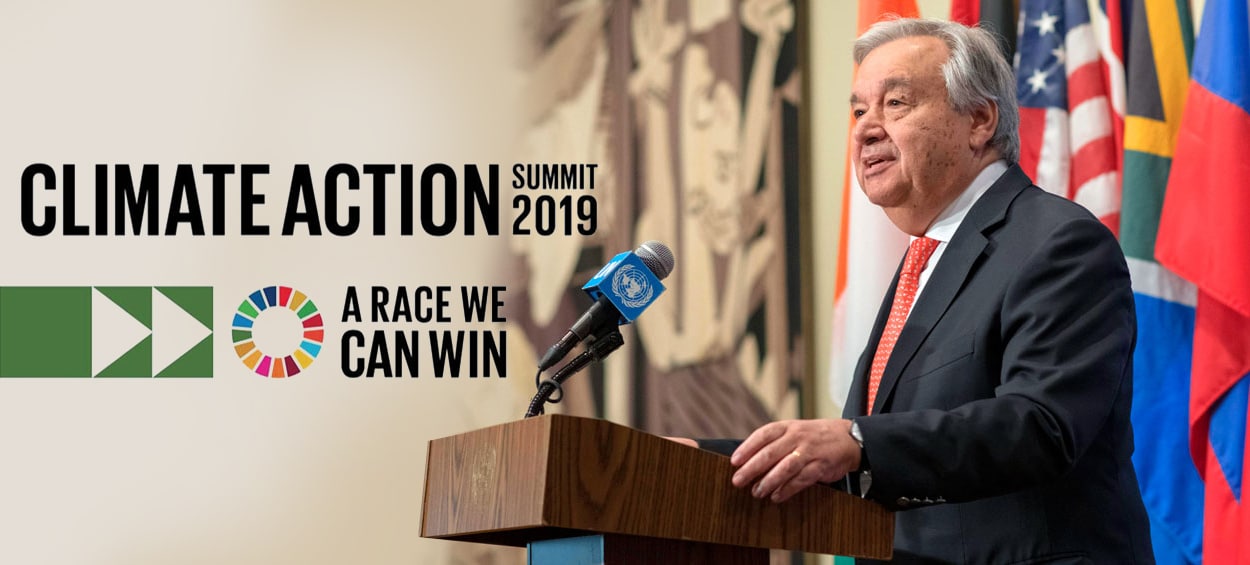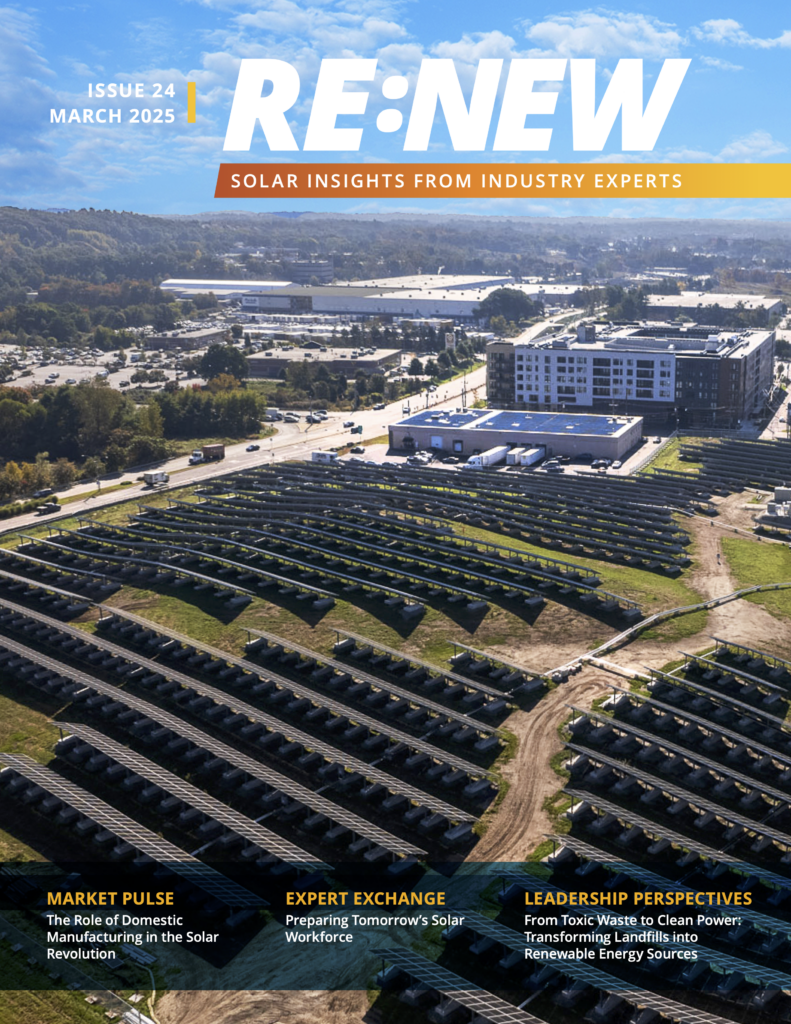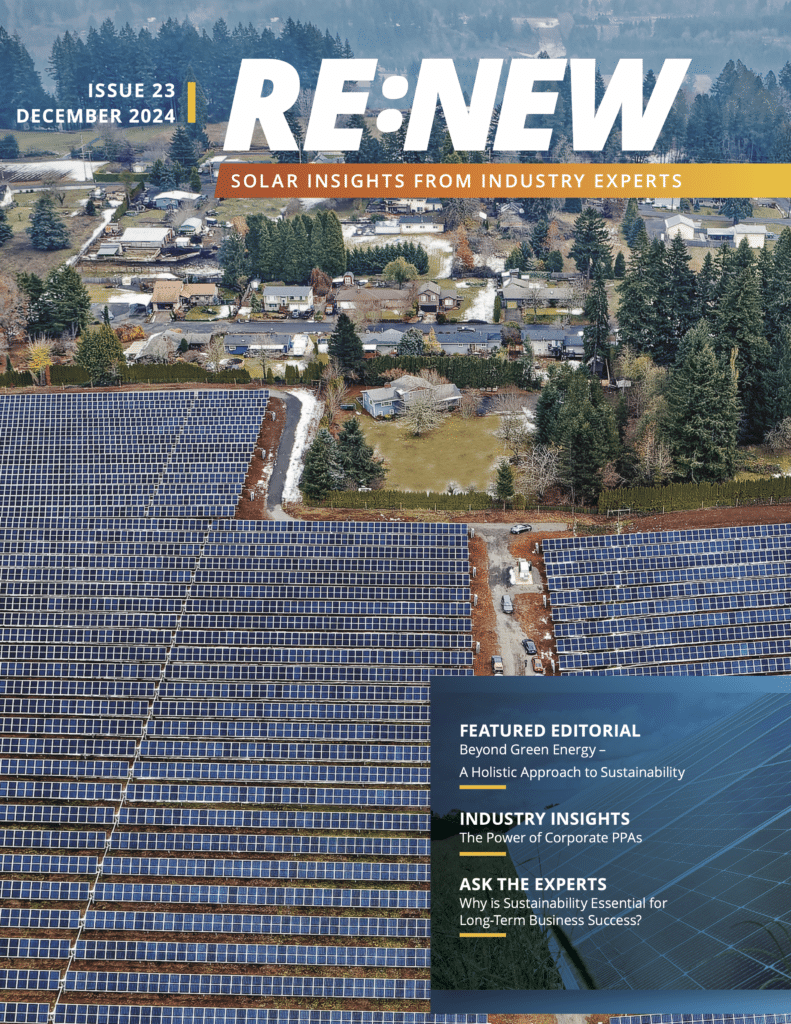The UN Secretary-General António Guterres has identified “a global transition to renewable energy” as a key priority area for countries and businesses to offer new solutions in the fight against climate change. On September 23rd, the Secretary-General hosted a climate summit in New York, inviting participants to present new ambitious pledges for addressing the climate challenge. The summit resulted in several new aggressive commitments to renewable energy and net zero emissions targets.
As the world’s largest historical emitter of greenhouse gases, there’s no question that the United States should play a leadership role on renewable energy, and at Standard Solar, we’ve been proud to be part of the solution.
But how does the United States stack up on solar compared to the rest of the world?
According to REN21, renewables accounted for an estimated 70% of net additions to global power capacity in 2017. A large part of this increase is due to continued improvements in the cost-competitiveness of solar PV, of which more capacity was added than fossil fuels and nuclear power combined.
In 2017, the United States was second only to China in investment in solar PV capacity and total generation. China’s investment in solar is enormous – it added more solar PV capacity than the entire world installed in 2015.
But the United States is catching up. Wood-Mackenzie recently found America installed 2.7 gigawatts of solar photovoltaics in the first quarter of this year, a new record for a first quarter. The largest share of installations during quarter came from the utility PV segment, a positive sign for meeting U.S. climate goals.
Standard Solar has helped utilities add solar to their portfolios, with several exciting projects underway. We’re involved in projects in a variety of sectors across the country – commercial, public, education, agriculture and community solar.
Other leading countries on total installed solar capacity PV include Japan, Germany and Italy. Demand for solar in these countries is primarily driven by national and subnational policy.
Here in the United States, policy has driven solar growth as well, both at federal and state levels. Our CDO, Tony Clifford, has written about this extensively and recently testified in support of the Clean Energy Jobs Act in Maryland.
While solar continues to take off, state-level renewables policy and the extension of federal solar investment tax credits will be key to the industry’s continued growth. What happens with the solar tariffs enacted last year will also affect the domestic solar industry’s future.
Furthermore, when the United States committed to the Paris Agreement in 2015, it submitted an ambitious pledge for how the country would reduce emissions. While President Trump has threatened to withdraw from the agreement next year, a future president may want to recommit to the agreement and seek new ways for the country to scale up renewable energy to meet its climate goals.
While the world has a long way to go on addressing climate change, it’s clear that the world is moving toward a cleaner energy future. Solar power continues to be the preferred source of new energy around the world, thanks to cost-effectiveness as well as its impact on emissions.
In a few years, the globe may have installed a terawatt of solar power, and our customers will have been at the leading edge of that transition.
More Recent Blog Posts
Illinois Leading the Way in Community Solar Expansion and Clean Energy Growth
June 24, 2025
Standard Solar · 2 min read
Building an Enduring Solar Legacy in America’s Next Energy Era
June 9, 2025
Rick Berube · 2 min read
Beyond Panels: How The Catholic University of America Cultivates Holistic Sustainability Through Solar
May 13, 2025
John Finnerty · 4 min read
Celebrating 20 Years of Transforming the Energy Landscape
December 12, 2024
Scott Wiater · 5 min read
Most Popular Blog Posts
Illinois Leading the Way in Community Solar Expansion and Clean Energy Growth
Standard Solar · 3 min read
Building an Enduring Solar Legacy in America’s Next Energy Era
Rick Berube · 3 min read
The Undeniable Value of Solar Development on Brownfields and Landfills
Harry Benson · 3 min read
How To Create A Complete Commercial PV Design Package
CJ Colavito · 3 min read






Share